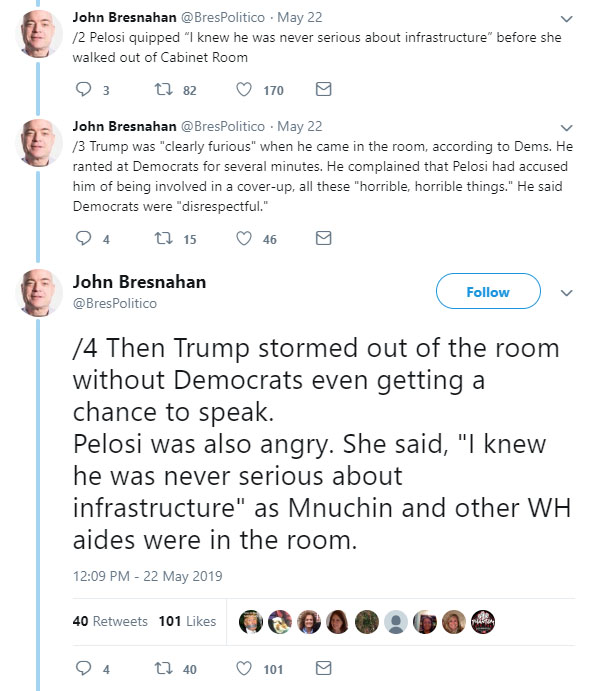4 big questions Trump has to answer about his tariffs on Mexico
President Donald Trump announced Thursday that the United States will impose new tariffs “on all goods imported from Mexico” unless the country does more to stop migrants from reaching the U.S. border.
A 5% tariff is set to go into effect on June 10 if the country does not step up immigration enforcement measures. The tariffs would gradually increase — an additional 5% on the first day of each month for four months — to a maximum of 25% by October, unless “the illegal immigration problem is remedied.”
Mexican President Andrés Manuel López Obrador responded to the threats in a two-page letter to Trump Thursday evening, where he addressed him as a friend and warned that these kinds of punitive measures are not the answer.
“With all due respect, although you have the right to express it, ‘America First’ is a fallacy because until the end of times, even beyond national borders, justice and universal fraternity will prevail,” López Obrador wrote.
“Social problems don’t get resolved with duties or coercive measures,” he added. “I don’t believe … in ‘an eye for an eye.'”
In order to determine whether or not the imposition of this sort of punitive tariff on one of America’s most important trading partners would be effective or not, there are four major questions that need to be addressed first.
Isn’t Mexico already helping the U.S. on immigration?
The demographics of U.S immigration have been gradually shifting over the last five years. No longer are the majority of immigrants arriving at the southern border single men from Mexico looking for work. Instead, Central American families fleeing violence are making the dangerous journey through Mexico to apply for the asylum in the United States.
More ...













 These days there’s enough happening on the Trump administration’s trade agenda that it warrants a weekly update. It’s Tuesday! And we’re gonna talk about trade!
These days there’s enough happening on the Trump administration’s trade agenda that it warrants a weekly update. It’s Tuesday! And we’re gonna talk about trade!